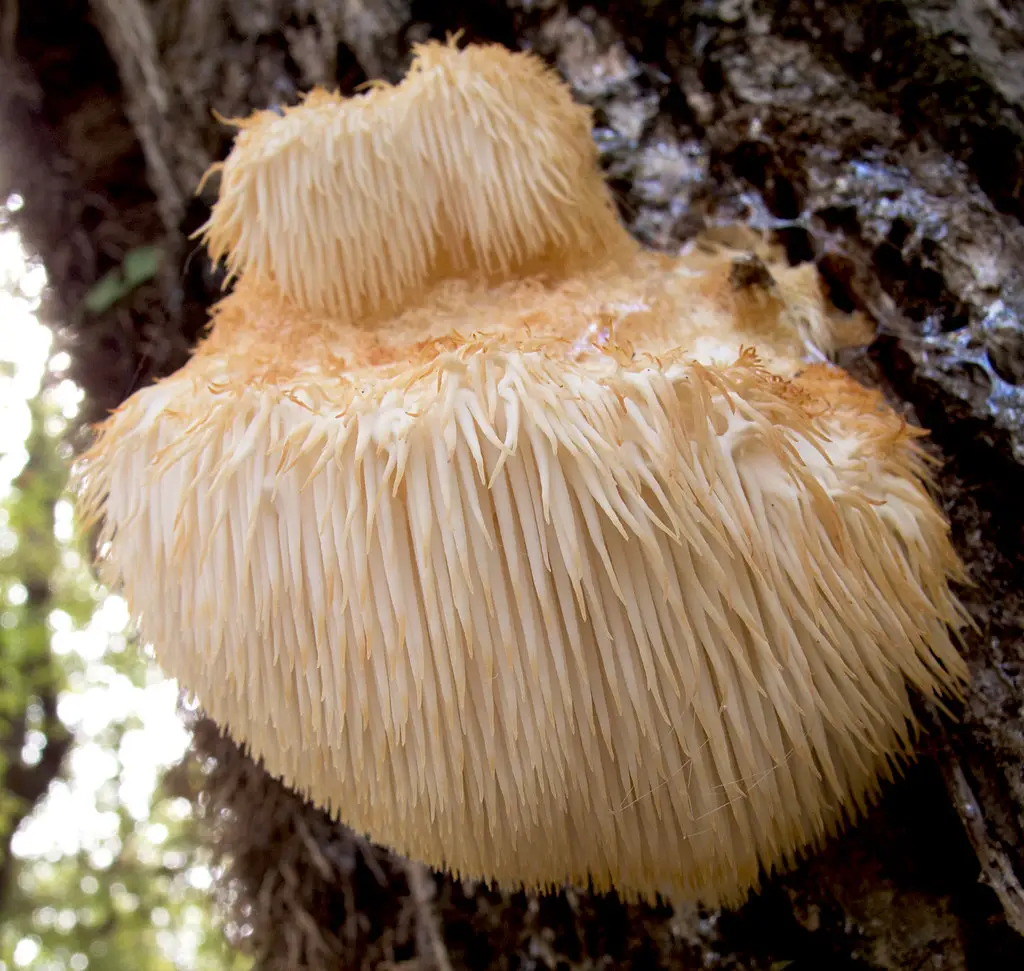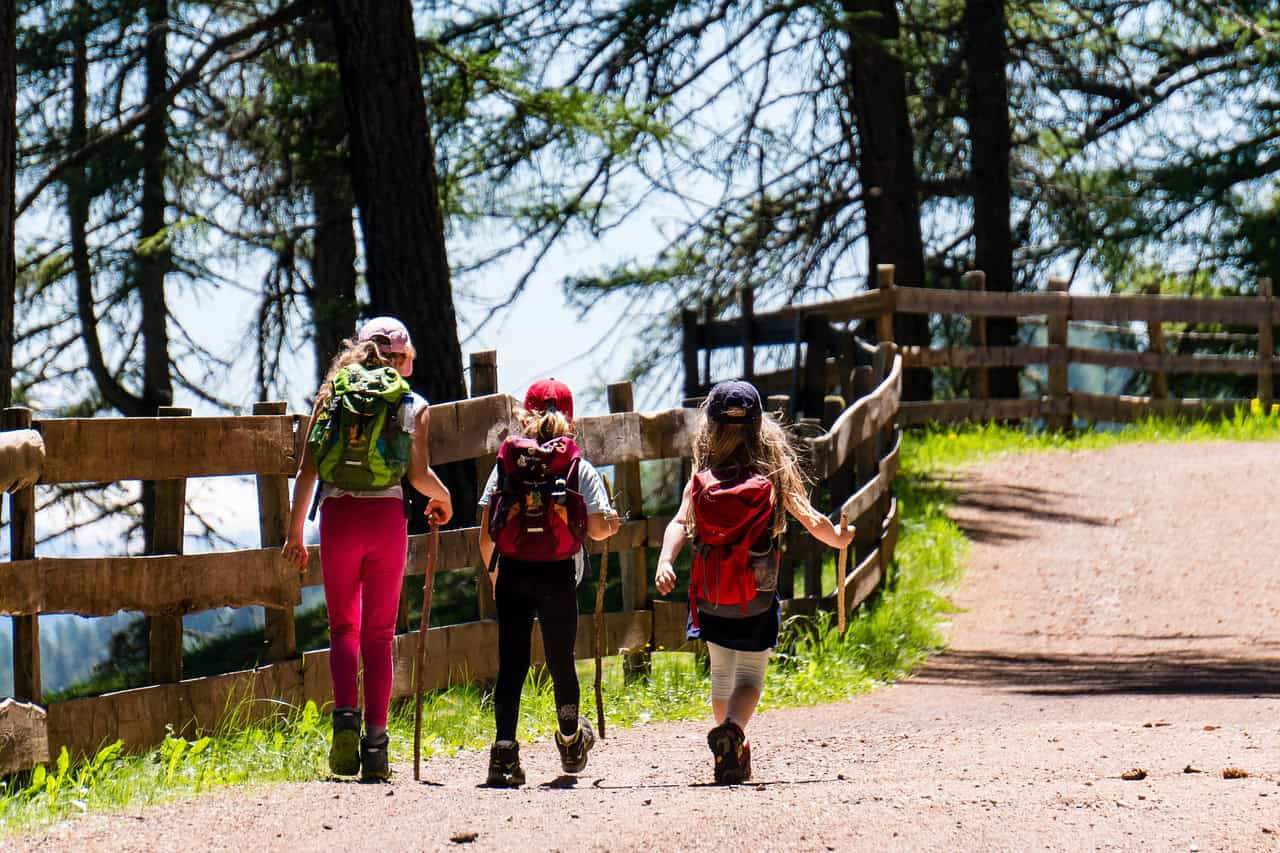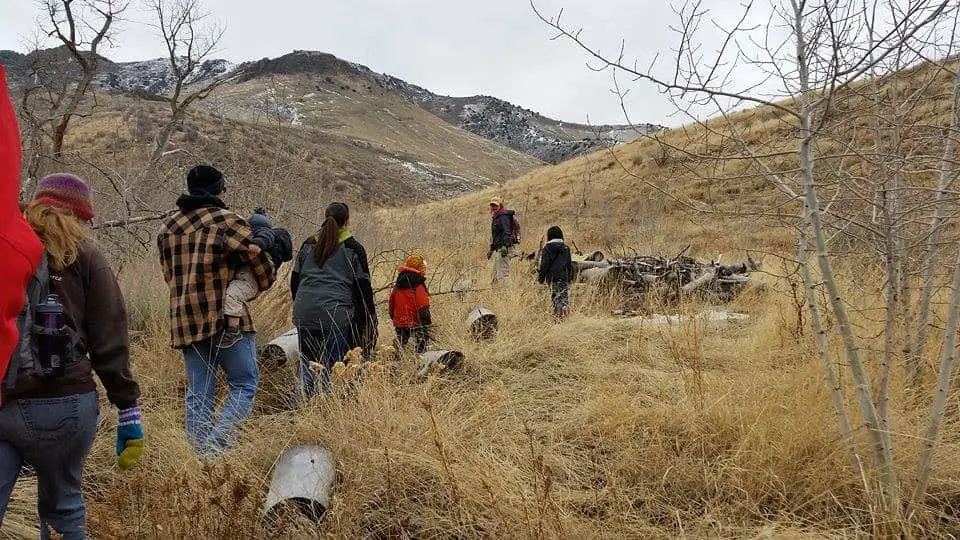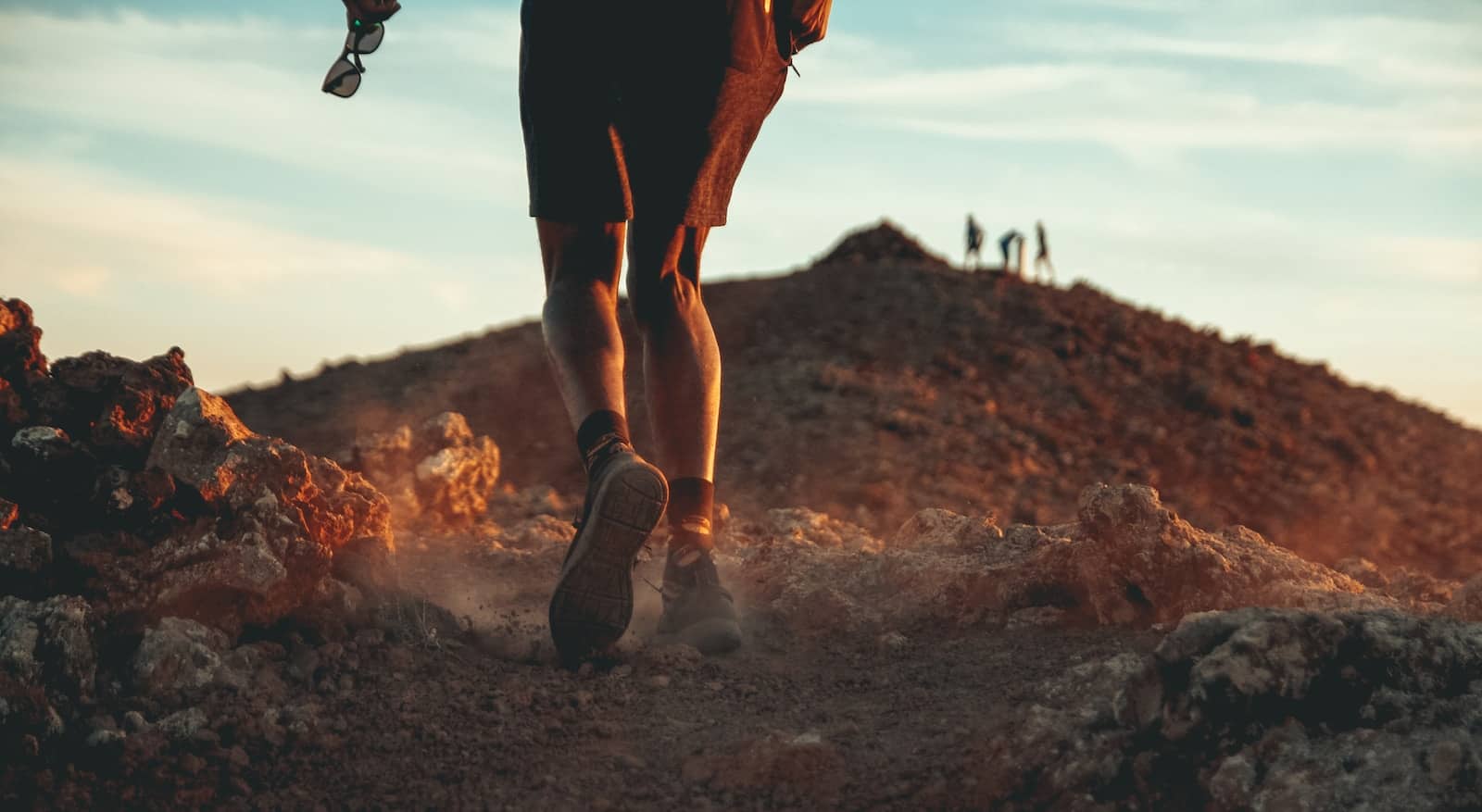Scent Containment Strategies: Food Storage Techniques for Bear Country
Safeguarding Food in Bear Habitat Exploring bear country requires proper food storage techniques to minimize human-wildlife conflict and ensure safety. Effective scent containment strategies help hikers and campers avoid attracting bears to their campsites. Essential Food Storage Techniques Best Practices for Scent Containment Proper food storage in bear country is essential for both human safety … Read more










